Machine Learning’s Breakthrough in Clean Energy Through Photocatalysis
Exploring the Future of Clean Energy: Machine Learning’s Role in Advancing Photocatalysis
In the realm of sustainable energy solutions, the efficiency of photocatalytic processes is a subject of paramount importance. The recent study on the Photocatalytic Activity of Dual Defect Modified Graphitic Carbon Nitride, robust to tautomerism and aided by machine learning and ab initio quantum dynamics, marks a significant leap towards optimizing these processes for better clean energy applications. This research, led by a diverse team including S. Agrawal, B. Wang, Y. Wu, D. Casanova, and O. V. Prezhdo, has been accepted for publication in Nanoscale, shedding light on the potential of integrating AI in materials science.
The Significance of Dual Defect Modification
Graphitic carbon nitride (g-CN) stands out as a promising material for photocatalysis due to its stability, affordability, and efficient light absorption properties. However, enhancing its photocatalytic performance has been a challenge that researchers worldwide are tackling. The introduction of dual defect modifications, as discussed in the team’s study, offers a novel approach to amplify the photocatalytic activity of g-CN, crucial for applications like water splitting and carbon dioxide reduction.
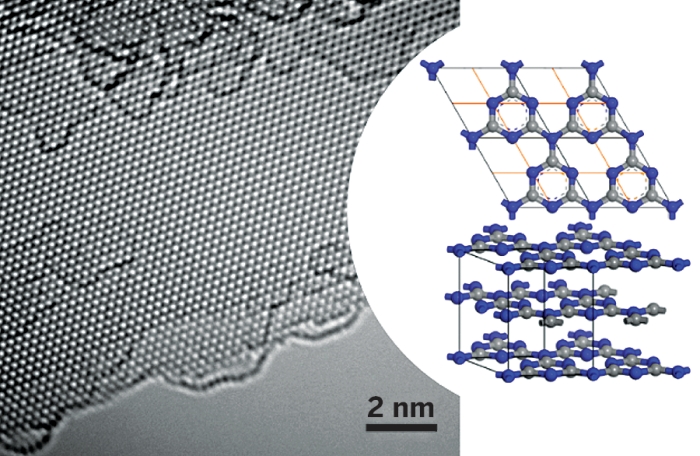
By employing machine learning algorithms alongside ab initio quantum dynamics, the research team has addressed the issue of tautomerism—a chemical process potentially affecting the photocatalytic efficiency. Tautomerism could lead to the reconfiguration of the molecule without altering its chemical compositions, possibly impacting the material’s performance in photocatalytic reactions. The findings reveal that dual defect modified g-CN remains robust against such changes, maintaining a high level of efficiency in energy conversion processes.
Machine Learning: A Catalyst for Discovery
The amalgamation of machine learning with quantum dynamics in this study is not just innovative but practically revolutionary. Machine learning algorithms have been used to predict the outcomes of complex chemical reactions, analyze molecular structures, and now, enhance the photocatalytic performance of materials. The precision and speed offered by these algorithms significantly reduce the time and resources required for experimental tests, leading to faster advancements in the field.
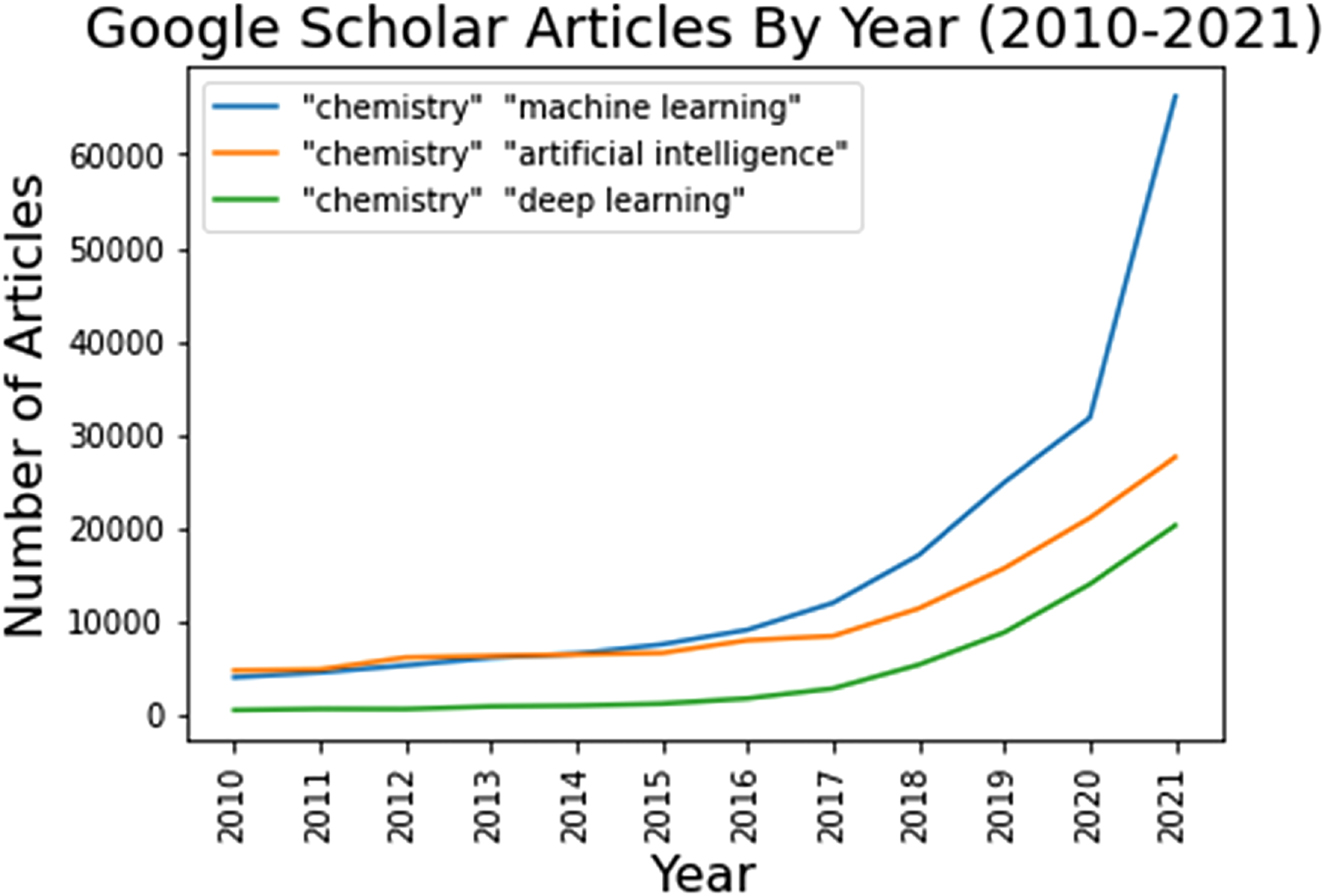
In context with previous articles discussed on www.davidmaiolo.com, specifically within the Machine Learning topic and the subtopic of model diagnostics, this research further illustrates the transformative potential of AI in scientific research. Similar to how AI technologies are revolutionizing game development and diamond mining, as discussed in previous posts, their application in materials science opens new avenues for environmental advancements and economic efficiencies.
Implications for Sustainable Energy Solutions
The outcomes of this research underscore the possibilities of creating more effective photocatalytic materials, which are essential for developing sustainable energy solutions like hydrogen fuel production and carbon capture technologies. This breakthrough has the potential to significantly impact the global energy sector, reducing dependency on fossil fuels and mitigating climate change.
Conclusion
The integration of machine learning and ab initio quantum dynamics in exploring photocatalytic activity heralds a new age in materials science, where technology accelerates discovery and application of sustainable solutions. As we move forward, the synergy between artificial intelligence and scientific inquiry will undoubtedly unfold more breakthroughs essential for the clean energy transition. For those keen on following this evolving discourse, the research presents an inspiring glimpse into the future of energy and AI.
As someone deeply entrenched in both the realms of AI and environmental consciousness, witnessing these advancements reinforces my belief in the power of technology to foster significant, positive change in our world.
For further reading on advancements in Machine Learning and its applications across a broad spectrum of industries, continue to explore www.davidmaiolo.com.
Focus Keyphrase: Machine Learning in Photocatalysis
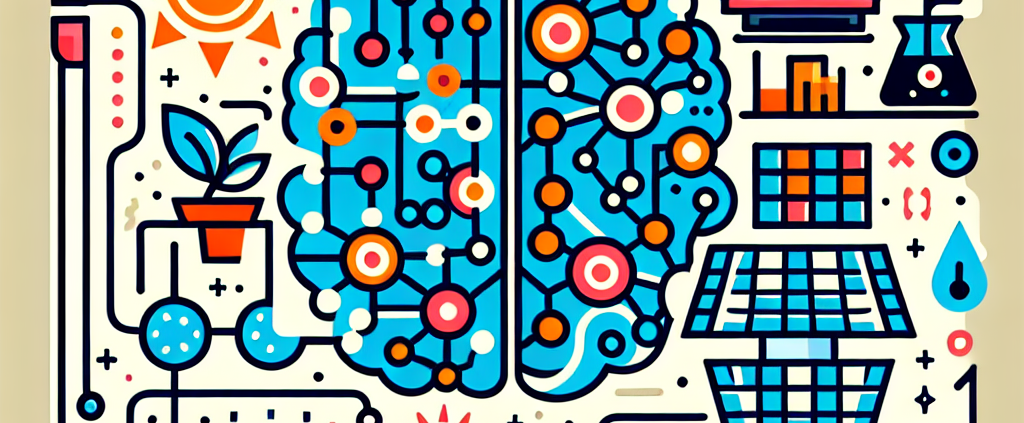
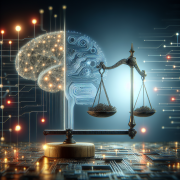


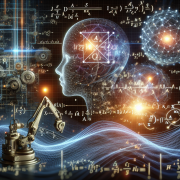

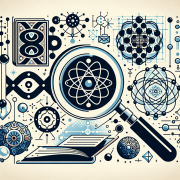


While I’m naturally skeptical about the unbridled optimism some people have for AI, I can’t ignore the promising developments highlighted in this article. Coming from a security background, I’m acutely aware of the need for innovative solutions in every field, including energy. The integration of machine learning in photocatalysis, as detailed here, does offer a glimmer of hope for more sustainable energy practices. Moreover, as an anime enthusiast, I’m reminded of the many stories where technology and courage pave the way for a better future. Maybe, just maybe, we’re on the cusp of such a journey in real life.
Thank you for taking the time to delve into the fascinating intersection of machine learning and environmental science in my latest piece. The potential of AI to revolutionize sustainable energy through advancements in photocatalysis is a subject I find particularly inspiring. This article was written to shed light on the significant strides being made in this field and to encourage continued research and discussion on the transformative power of technology in tackling some of our most pressing environmental challenges.